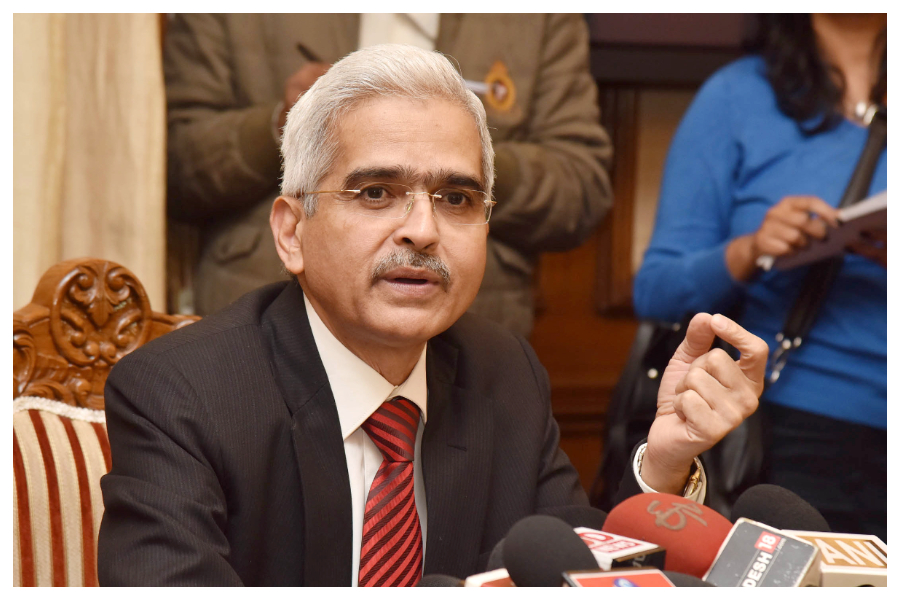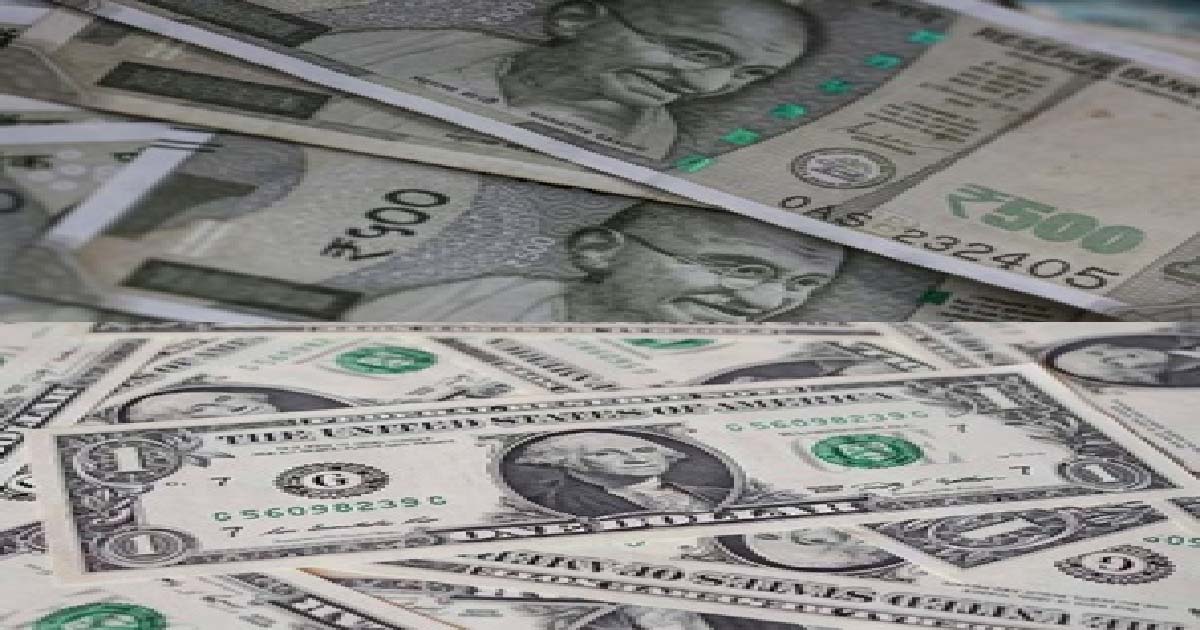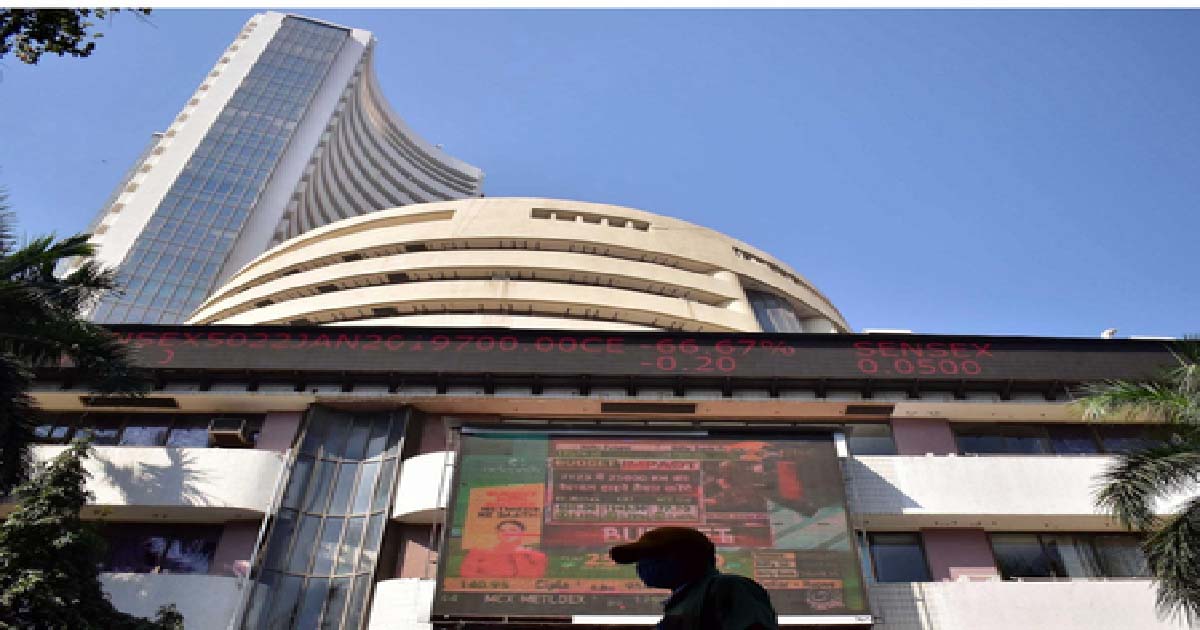Business
This is why India’s consumer market is a $1 trillion investment opportunity

The fundamentals of the Indian economy remain strong, as RBI Governor Shaktikanta Das recently stated. India’s growth rate is among the fastest in the world, retail inflation has moderated, buffer food stocks are abundant, forex reserves are substantial, and the current account deficit is expected to remain “well within sustainable levels.”
Domestic consumption is making a strong comeback, traditionally one of the main drivers of India’s economic growth. This is great news for businesses of all sizes. Simply put, when consumers spend more, businesses have more capital to invest in, and increased liquidity throughout the system energises complementary sectors and higher-end goods and services.
But what is the significance of this surge in domestic consumption?
One, as the festive season approaches, these numbers are likely to rise even more. Between August and November, when sales of everything from two-wheelers to real estate are at their peak, Indian consumers tend to spend more. Given how quickly consumption has recovered, the figures for the next three quarters will likely be even better.
Two, for better or worse, demand continues to drive India’s growth story. In a typical fiscal year, private expenditure accounts for approximately 55 per cent of the total national GDP. Furthermore, it has a significant impact on the next major growth driver, Gross Fixed Capital Formation (GFCF), which accounts for the money invested by businesses. As a result, strong domestic consumption translates unintentionally into strong economic growth.
Three, rising household consumption will boost demand for goods and services across industries, especially those involving significant amounts of “discretionary” or luxury spending. Product segments influenced by “premiumisation” trends are included in the latter. These include everything from chocolates and alcoholic beverages to laptops and headphones, as well as clothing and cosmetics. In some categories, such as automobiles, demand for premium products has outpaced demand for entry-level variants. In FY22, for example, premium car sales increased 38 per cent year on year, while lower-priced car sales increased only 7 per cent.
Why is luxury spending increasing in India?
Rising consumer incomes and purchasing power are aiding it: average per capita income has already surpassed USD 2,000 and is expected to exceed USD 12,000 by 2047. Furthermore, the rapid growth of the e-commerce sector and digital transactions has increased customer access to the luxury market. Furthermore, as consumers have become more value- and customisation-oriented, previously dominated by HNWIs, premium segments are rapidly diversifying to include Millennials and non-metro consumers. The typical cohort of HNI and NRI customers has also expanded to include affluent middle-class consumers in some segments, most notably luxury housing, due to the proliferation of remote and hybrid working models.
Furthermore, the premium product space is still in its early stages and remains largely untapped. As a result, market participants have numerous opportunities. For example, while the Indian smartphone market fell by 1 per cent year on year in H1CY22, the premium segment increased by 83 per cent. This segment, however, accounts for only 6 per cent of the total smartphone market.
As domestic consumption continues to rise, premiumisation trends will be boosted across other sectors, from quick-service restaurants (QSRs) and home products to hospitality and healthcare. This has happened before. According to Jun Nie and Andrew Palmer’s paper “Consumer Spending in China: The Past and the Future,” the threefold increase in household spending in China between 2000 and 2015 was accompanied by a sevenfold increase in spending on transportation and communication services.
So, where can investors find investment opportunities?
Discretionary consumption and premiumisation will account for a disproportionate share of growth.
Hospitality and tourism players will benefit from increased air travel, increased demand for top-tier hotels and resorts.
The automotive industry’s clientele for premium car models will become more diverse, especially as the EV revolution gains traction.
The prospects for the entertainment sector are just as promising, with people willing to pay for subscription packages and remain loyal customers even in tier-2 and tier-3 cities as long as there is content worth the money.
Companies in real estate, home-related products, and the FMCG personal care space will also benefit greatly.
The key takeaway is that Indian consumer markets will continue to be a key focus area for global public and private equity investors. Existing and new companies will generate hundreds of billions of dollars in market capitalisation.
To summarise, domestic demand will likely continue to drive India’s economic growth story, which will be increasingly influenced by the discretionary spending of a growing cohort of “premium” consumers. This trend presents an important opportunity for investors to get a head start on a veritable 21st-century gold rush.
(The views expressed in this article are personal and that of the authors. The authors head AltG, a firm that Offers Proprietary Research That Clients Leverage to Identify and Execute High Growth Capital Allocation Opportunities. You can reach them at ideas@altgind.com)
Business
Indian rupee likely to bounce back strongly in 2nd half of next fiscal: SBI report

New Delhi, Dec 17: Geopolitical uncertainties driven by the delay in the India-US trade deal have been the single-most important reasons for the rupee sliding against the US dollar, an SBI Research report said on Wednesday, adding that the rupee is likely to bounce back strongly in the second half of the next fiscal.
India’s trade data shows the remarkable resilience in navigating through prolonged uncertainty, more protectionism and labour supply shocks.
“While the geopolitical risk index has moderated since April 2025, the current average value of the index for April-October 2025 is much greater than its decadal average, which indicates how much pressure global uncertainties are exerting on INR,” State Bank of India’s (SBI) Group Chief Economic Advisor, Dr Soumya Kanti Ghosh, said.
Dr Ghosh further stated that consistent with their empirical analysis, “the rupee is currently in a depreciating regime and is likely to exit it”.
After breaching the psychologically important mark of 90 per US dollar, the rupee crossed the 91-level on Tuesday.
However, the rupee staged a sharp recovery on Wednesday, trading as strong as 90.25 during the day, as the cooling of crude prices also contributed to improved sentiment.
According to the SBI report, the data also indicates that the current fall is the quickest (in terms of number of days) of the rupee, scaled to 5 per USD. In less than a year, the rupee has slid from 85 to 90 per dollar.
The current slide appears to be primarily driven by FPI outflows, chiefly equities (after two years of robust inflows) and uncertainty regarding the US-India trade deal.
Since April 2, 2025, when the US announced sweeping tariff hikes across economies, the Indian rupee (INR) has depreciated by 5.7 per cent against USD (most amongst the major economies), notwithstanding sporadic phases of appreciation owing to optimism over the US-India trade deal.
“While INR is the most depreciated currency, it is not the most volatile. This clearly indicates that the 50 per cent tariff imposed on India is one of the major factors behind the current phase of rupee depreciation,” the SBI report noted.
Business
Indian markets hit fresh highs in November, outshine global peers: Report

Mumbai, Dec 17: Indian equity markets touched fresh all-time highs in November and clearly outperformed global markets, a new report said on Wednesday.
The data compiled by PL Asset Management said India emerged as a bright spot at a time when many global markets struggled due to weak technology stocks, fading enthusiasm around artificial intelligence and soft economic data from China.
The report noted that record-low inflation, steady domestic growth and reasonable valuations improved the overall outlook for investors.
“While global markets remained uneven, India benefited from strong local demand, supportive liquidity and a predictable policy environment,” the report said.
Inflation played a major role in boosting market sentiment during the month. Consumer price inflation fell sharply to just 0.25 per cent, the lowest level on record and far below the Reserve Bank of India’s target of 4 per cent.
This sharp fall strengthened expectations of further interest rate cuts, which supported equity valuations. Reflecting confidence in the economy, the RBI raised its GDP growth forecast for FY26 to 7.3 per cent.
India also recorded strong GDP growth of 8.2 per cent in the second quarter of FY26, reinforcing its position as the fastest-growing major economy in the world, the report said.
Domestic economic indicators remained healthy despite global challenges. Manufacturing activity stayed strong, even though exports were slightly affected by tariffs.
Goods and Services Tax collections remained robust at Rs 1.70 lakh crore, as per the report.
Festive season spending also supported growth. In addition, India’s current account deficit improved to 1.3 per cent of GDP.
Global markets, meanwhile, showed signs of fatigue. US technology stocks faced profit booking, China and Hong Kong markets weakened due to poor economic data, and investors turned to precious metals for safety.
Crude oil prices softened amid expectations of interest rate cuts by the US Federal Reserve. Against this global backdrop, India’s stable fundamentals helped it continue to outperform.
Siddharth Vora, Head – Quant Investment Strategies & Fund Manager, PL Asset Management, said, “Indian markets continue to demonstrate relative resilience at a time when global risk assets are undergoing a phase of recalibration.”
Business
Centre releases over Rs 260 crore for rural local bodies in Kerala

New Delhi, Dec 15: The government on Monday said it has released Rs 260.20 crore to rural local bodies in Kerala as part of the 15th Finance Commission grants for the financial year 2025-26.
The amount represents the first instalment of untied grants and covers all 14 district panchayats, 152 block panchayats and 9,414 gram panchayats (GPs) in the state, according to an official statement.
Untied grants are meant to be utilised by rural local bodies/PRIs for location-specific felt needs under the 29 subjects listed in the Eleventh Schedule of the Constitution, except for salaries and other establishment expenditures.
Tied Grants, on the other hand, are earmarked for basic services relating to sanitation and maintenance of ODF (open defecation-free) status, including management and treatment of household waste, human excreta and faecal sludge, and supply of drinking water, rainwater harvesting, and water recycling.
Last week, the government released Rs 717.17 crore to strengthen rural local bodies in Maharashtra as part of the first instalment of untied grants for the financial year 2025-26. The funds were released to duly elected and eligible rural local bodies in the state, covering two district panchayats (Zilla Parishads), 15 block panchayats (panchayat samitis), and 26,544 gram panchayats.
The government, through the Ministry of Panchayati Raj and the Ministry of Jal Shakti (Department of Drinking Water and Sanitation), recommends release of 15th Finance Commission grants to states for Panchayati Raj Institutions, which are then released by the Ministry of Finance.
The allocated grants are recommended and released in two instalments in a financial year.
Earlier in November this year, the Centre released over Rs 223 crore for rural local bodies in Assam and another Rs 444.38 crore to strengthen panchayat bodies in Odisha as part of the 15th Finance Commission grants.
-

 Crime3 years ago
Crime3 years agoClass 10 student jumps to death in Jaipur
-

 Maharashtra1 year ago
Maharashtra1 year agoMumbai Local Train Update: Central Railway’s New Timetable Comes Into Effect; Check Full List Of Revised Timings & Stations
-

 Maharashtra1 year ago
Maharashtra1 year agoMumbai To Go Toll-Free Tonight! Maharashtra Govt Announces Complete Toll Waiver For Light Motor Vehicles At All 5 Entry Points Of City
-

 Maharashtra1 year ago
Maharashtra1 year agoFalse photo of Imtiaz Jaleel’s rally, exposing the fooling conspiracy
-

 National News1 year ago
National News1 year agoMinistry of Railways rolls out Special Drive 4.0 with focus on digitisation, cleanliness, inclusiveness and grievance redressal
-

 Maharashtra1 year ago
Maharashtra1 year agoMaharashtra Elections 2024: Mumbai Metro & BEST Services Extended Till Midnight On Voting Day
-

 National News1 year ago
National News1 year agoJ&K: 4 Jawans Killed, 28 Injured After Bus Carrying BSF Personnel For Poll Duty Falls Into Gorge In Budgam; Terrifying Visuals Surface
-

 Crime1 year ago
Crime1 year agoBaba Siddique Murder: Mumbai Police Unable To Get Lawrence Bishnoi Custody Due To Home Ministry Order, Says Report












